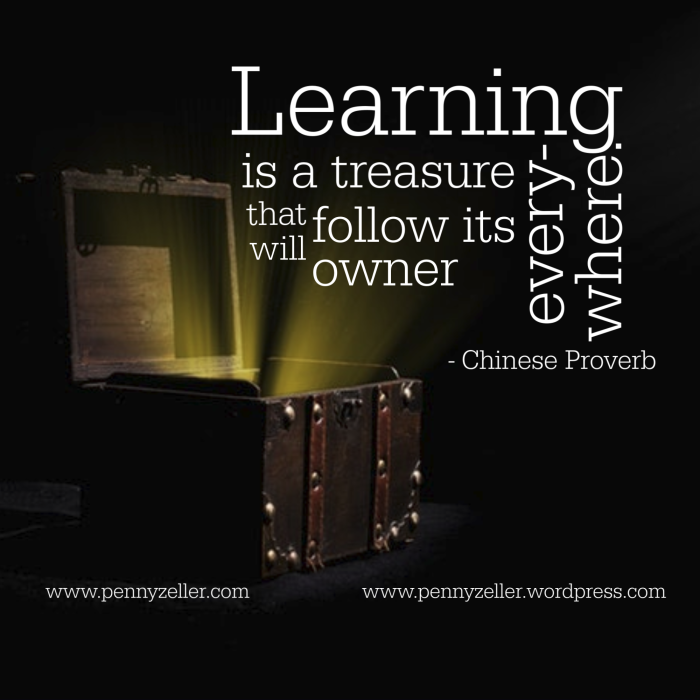
Looking for some suggestions for your homeschool students? Check out these outside-of-the-box ideas:
For younger students:
Gameshow Contestant Alphabet race. Purchase magnetic alphabet letters and place them in random order on the refrigerator. Pretend to be a game show host and ask your contestant(s) to retrieve a letter. For instance, “find the letter “S”! Your student runs to the refrigerator, and in record time, returns with the letter. Continue until all of the letters have been chosen. If they get one wrong, have them try again. My girls loved this game when they were little. They would giggle when I announced they won “a brand new car!” at the end of the game, which was really one of my husband’s toy Matchbox cars he’d collected as a youth.
Real Gameshows. Similarly, my daughters loved (and still do love) to play Wheel of Fortune and Jeopardy. From the time they were little, they would guess letters and try to answer questions. The familiarity of learning letters assisted them greatly as younger children. Today, my teen daughters compete with the rest of the family for the correct answers on Jeopardy and the correct puzzle solving on Wheel of Fortune.
Math Candies. When my girls were in kindergarten and first grade, we often played math games with candies. Candies (and crackers) work well for learning adding and subtracting. And they’re tasty when you’re finished. (Just be sure not to eat the entire bag)!
Specimen Collection. My youngest daughter loves insects. In our town, we have numerous pathways and trails where we collected “specimens” for her bug collection. Enlist relatives in other states to send specimens from their area to add to collections.

For older students:
Attend a Naturalization Ceremony. It is amazing to watch as people proudly become new citizens of the United States. It’s an excellent example of legal immigration. To become a U.S. citizen is a privilege, and the hard work these new members of our country have put forth is an inspiration.
Attend a court hearing. Have a small claims or traffic court in your town? Call ahead and see if your teens can attend a hearing and sit in the audience. A word of caution: you will need to be discerning, as some court cases are not appropriate for children/teens.
Read the newspaper and/or news magazines. This is a great way to teach your children how the press works. Encourage them to be on the lookout for biased articles. A good reporter will write an article in such a way that the reader cannot tell which side of the controversy the reporter is on.
Have your student write a letter to the editor. Allow your tween/teen to pick a topic that is important to them and relevant to current events. After they type the letter, they will either hand deliver or email the letter to the editor of the paper.
Novel in a year. My oldest daughter wants to be a writer, so last year for part of her English studies, she wrote a novel in full for a story she’d had percolating around in her mind. Her creativity was amazing to see.
Start a blog. My youngest daughter isn’t as fond of writing as her mom and sister are, so to encourage creative thought, she established her own blog. Every other week, I assign her a topic, which is usually picked from the headlines. On alternating weeks, the decision is up to her regarding the subject matter. She usually chooses an interesting animal or a fictional story. It not only gives teens a chance to develop opinions about important topics, but also enhances their creativity.
Woodworking and other projects. My husband and oldest daughter took on two projects: the first was to build a birdhouse for my birthday. The second was to design and build a dresser for my her room.
Sewing. My youngest daughter takes sewing and quilting classes from a dear friend who is an expert seamstress and quilter. My daughter so far has learned how to mend, sew doll clothes, and complete a quilt from start to finish. She will soon begin sewing her own clothes.
Both woodworking and sewing teach a host of useful items to students. Learning how to measure; learning the importance of sticking with a project; and how to use various machines/hand tools.
Field trips. We live in a small town, but I’m surprised at the number of places we’ve found to take field trips. For younger children, the fire station and the local bakery are favorites; for older children, the police station, court house, and historical places were hits. Don’t rule out places of employment, especially for older children. You never know what might spark an interest in them for a future vocation.
Topics of discussion. When people ask me what my favorite things about homeschooling are, “topics of discussion” is one of the things that top the list. I bring important issues to the table during breakfast or lunch, and we discuss them. It can range from current events, to issues teens deal with, eating disorders, alcohol and smoking, friends, boys, etc. There are no taboo topics, and everyone joins in the conversation. Sometimes teens can be a bit evasive, so have some quality questions in your arsenal that you can ask to get them to give their opinions. It’s also a time for them to ask questions, so be sure to make it a relaxed and laid-back environment.
One of the first things I learned as a homeschool mom was that every child has a different learning style. What works for one may not work for another. As such, being able to “add” projects to their curriculum only enhances their learning.
Great ideas. I remember making a cardboard television which the kids would use to read their speeches, write commercials, even sing songs.
Ooh, what a fun idea! Thanks for commenting!
There are some really cute ideas on here! Making learning fun! Thanks for sharing!